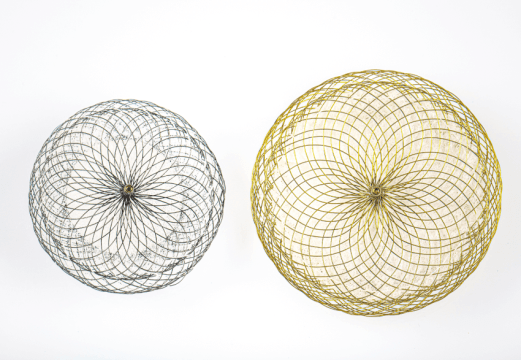The incidence of arrhythmic events up to a year after implantation is high and involves almost half the patients with complete left bundle branch block following the procedure. Significant bradyarrhythmias occur in up to one-fifth of the patients, half of whom ultimately require a pacemaker. These data support the idea of a cardiac monitoring device for close follow-up and expediting pacemaker implantation whenever necessary, while avoiding unnecessary implantations of these devices.

This multicenter prospective study included 103 consecutive patients with new-onset left bundle branch block after TAVI, with both balloon-expandable SAPIEN XT/3 valves (n = 53) and self-expanding CoreValve/Evolut R systems (n = 50).
An implantable monitor (Reveal XT, Reveal Linq) was implanted in all patients at 3 to 6 days after the procedure so as to enable continuous electrocardiogram monitoring for a year. All arrhythmic events were adjudicated in a central electrocardiography core lab. The primary endpoint was the incidence of arrhythmias leading to a change in treatment (e.g., pacemaker implantation) or the onset of HAVB.
A total of 1553 new arrhythmic episodes were detected in 44 patients (1443 tachyarrhythmias in 26 patients); these included atrial fibrillation, atrial flutter, atrial tachycardia, and 16 ventricular tachycardias. Furthermore, there were 110 episodes of bradyarrhythmia in 21 patients (54 HAVBs and 56 severe bradycardias).
These arrhythmias led to a change in treatment in 18% of patients and to pacemaker or implantable cardioverter-defibrillator implantation in 11% of patients.
Read also: New Atrial Fibrillation After TAVR Indicates Prognosis.
Overall, 77% of patients were asymptomatic regarding these events.
Conclusion
There is a high incidence of arrhythmic events after transcatheter aortic valve replacement in patients with complete left bundle branch block after the procedure. One fifth experienced significant bradyarrhythmias that led to pacemaker implantation in half of these cases. The cost-benefit analysis for this implantable device allowing permanent registry for a year is yet to be studied.
Original title: Arrhythmic Burden as Determined by Ambulatory Continuous Cardiac Monitoring in Patients with New-Onset Persistent Left Bundle Branch Block Following Transcatheter Aortic Valve Replacement: The MARE Study.
Subscribe to our weekly newsletter
Get the latest scientific articles on interventional cardiology
We are interested in your opinion. Please, leave your comments, thoughts, questions, etc., below. They will be most welcome.





